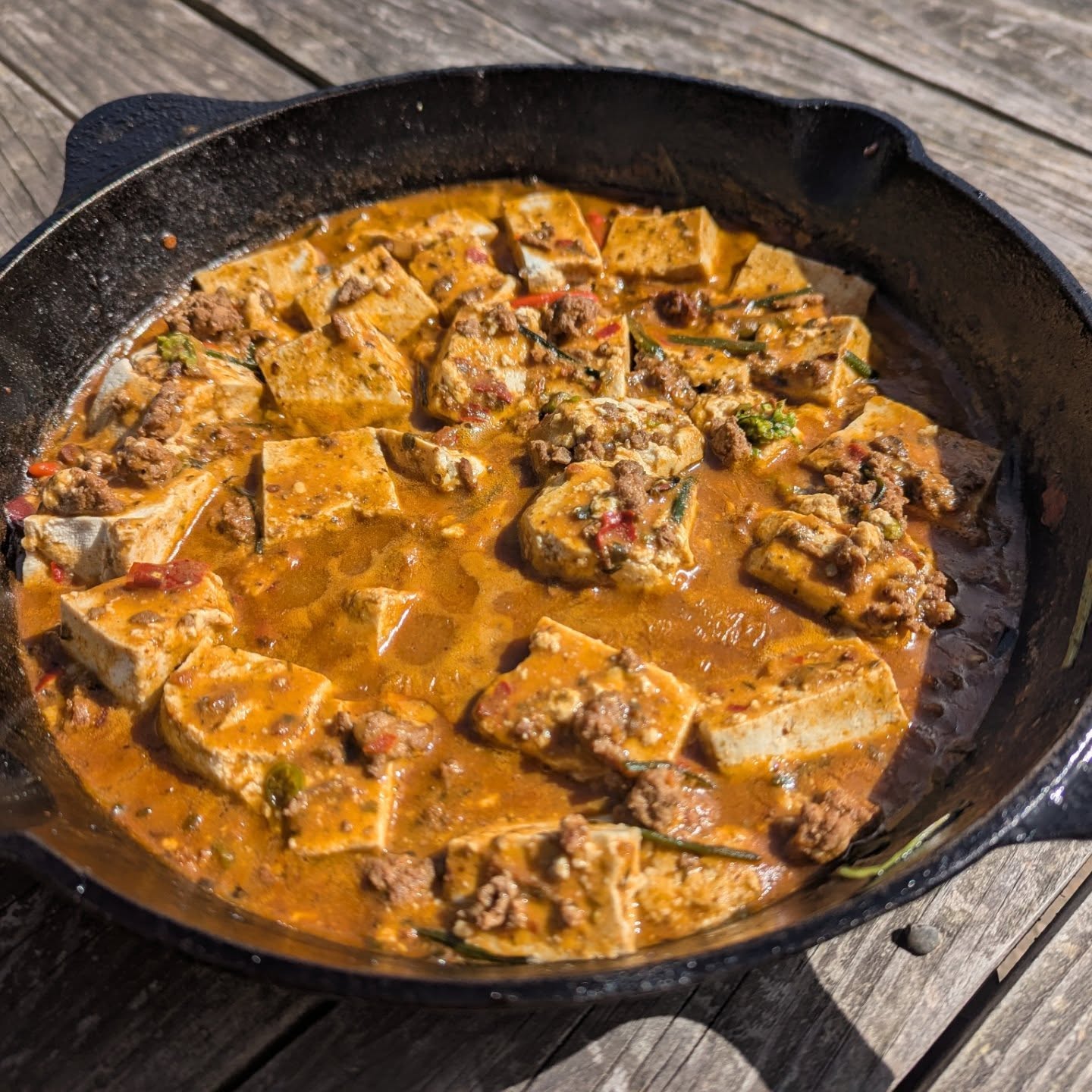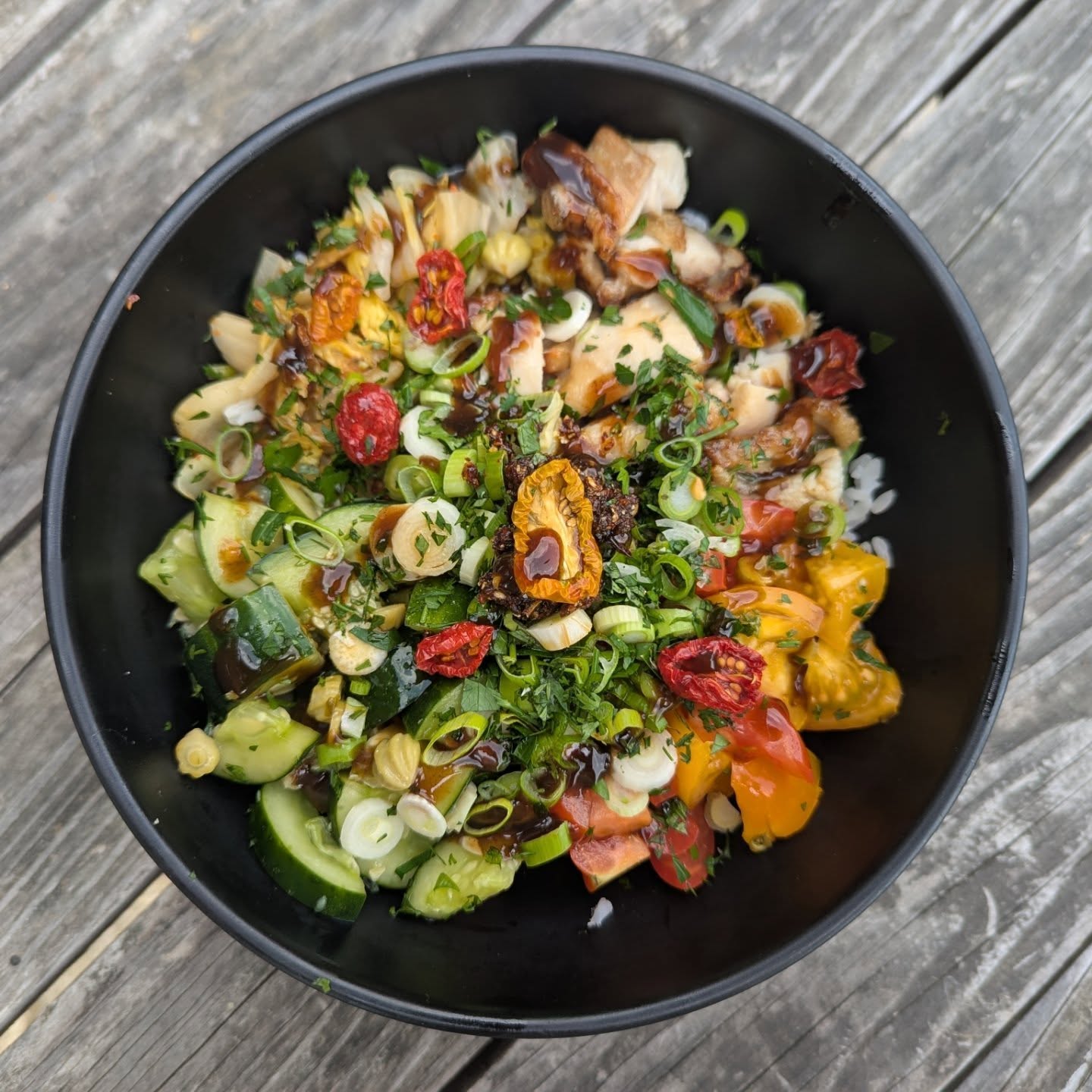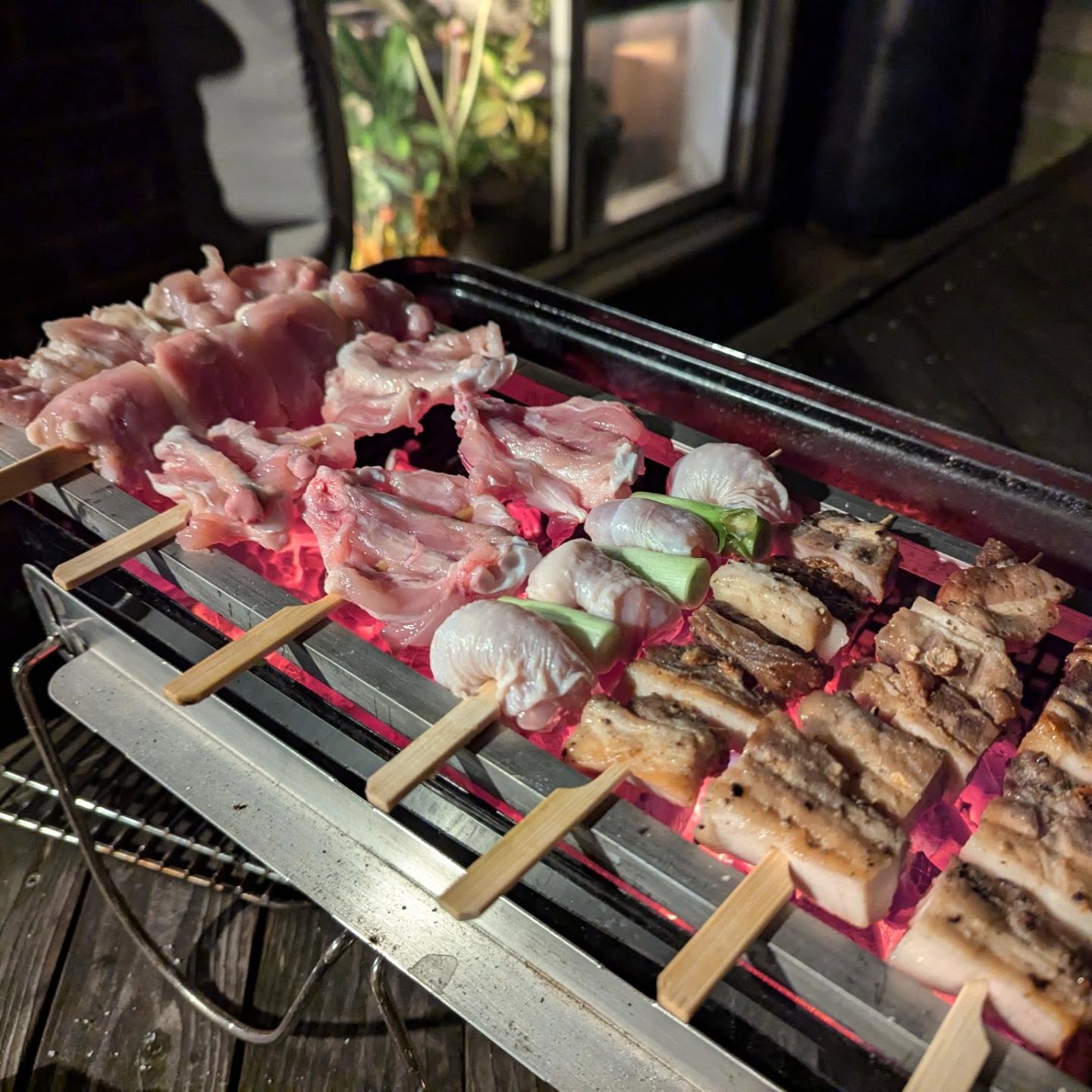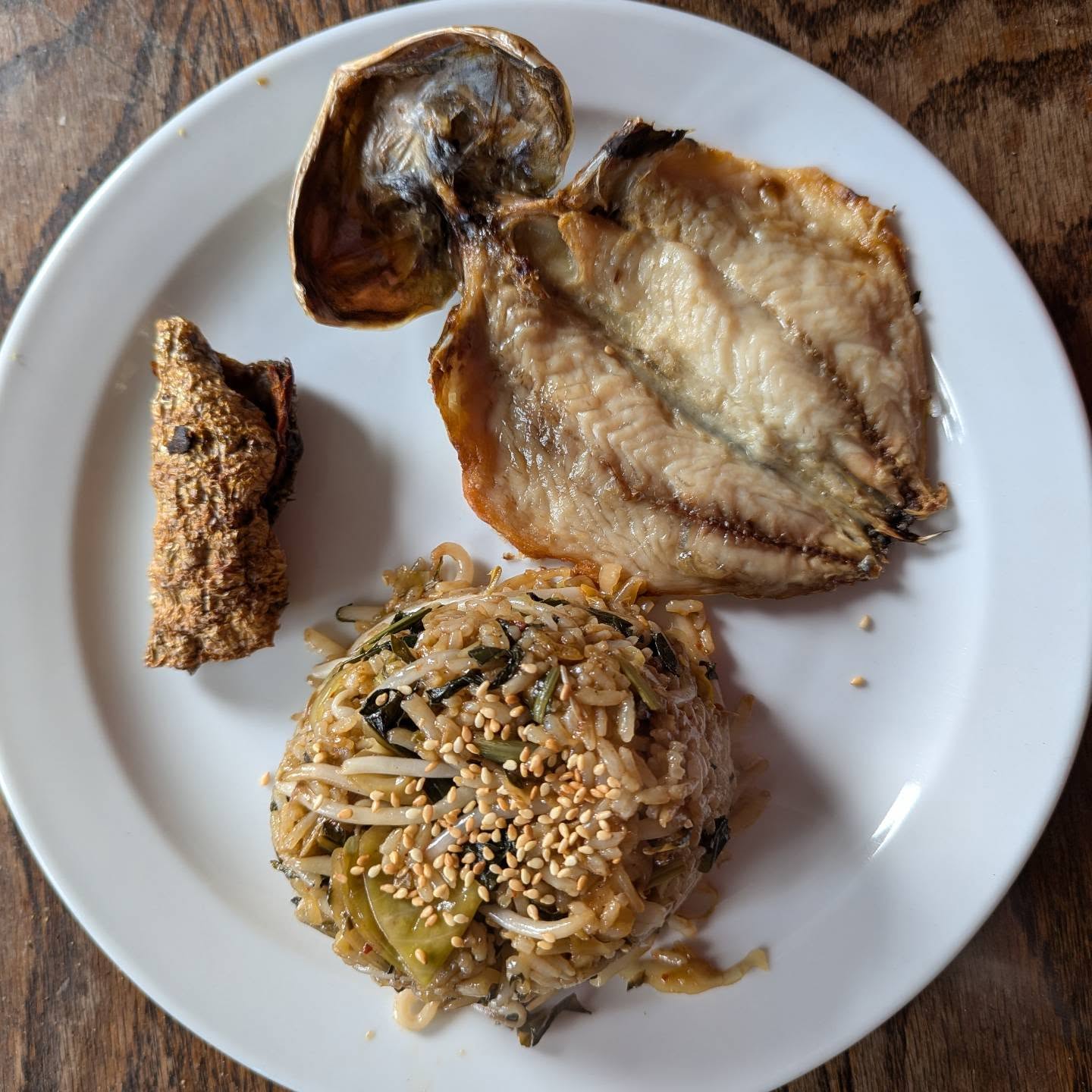· James Torr · Personal · 1 min read
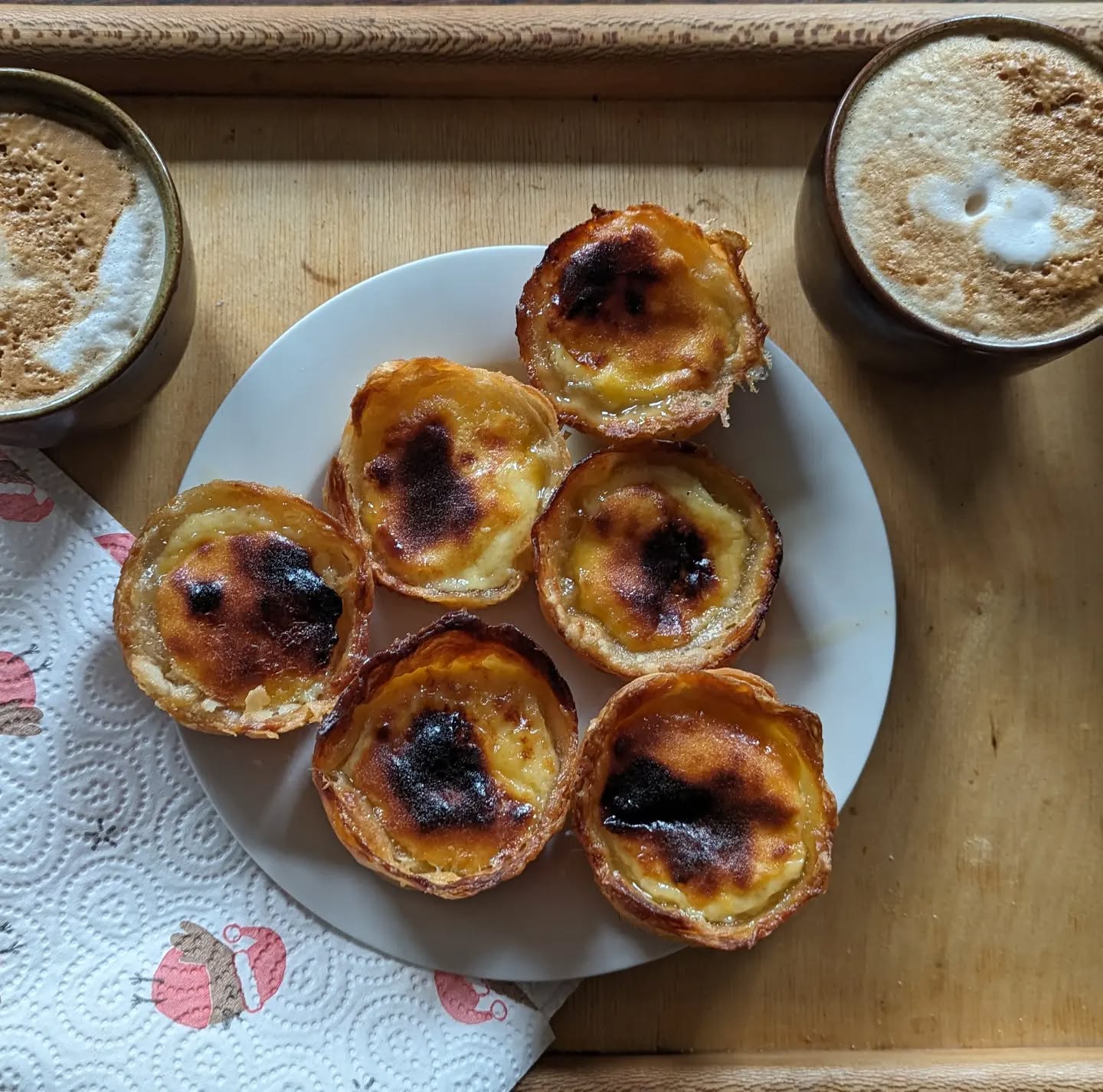
Little pastry treat of pasteis de nata over the holiday period.
Little pastry treat of pasteis de nata over the holiday period. Pastry is a little arduous, but you can freeze into individual portions so you don’t have to do all of them at the same time. Custard keeps for a week or so in the fridge too, haven’t tried freezing yet but I’d have thought it would be stable.
This cooked for 12 mins on full in the air fryer and came out cooked pretty well. Bit of butter leakage as I’d defrosted too quickly, but other than that, super happy with them.
If you’ve only tried the soft supermarket versions, do try them fresh, or reheat in an oven/air fryer. Super crunchy and delicious!
